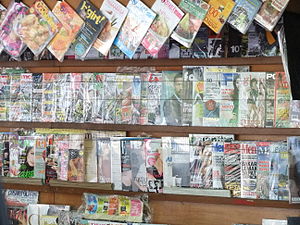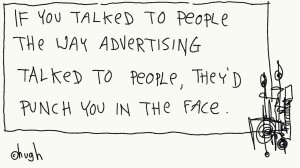Magazines have been marketing themselves for over 100 years. In that time, they’ve learned lots of ways of interacting with readers.
Some insist that paper is obsolete, but those magazines and newspapers still have a few tricks up their saddle-stitched sleeves. The best part? You can adapt those tactics to the web and social media.
Here’s how it works.
Reader surveys
Magazines, especially women’s magazines love to include reader surveys. Readers write (or email now) in with answers to surveys about food, shopping, TV watching, all sorts of things. The readers are happy because they got to give an opinion (people love sharing opinions). The magazine editors get insights into what their readers want, will buy, and will read about. You can do this online too. Ask a question on your blog. Survey your email list. Then post the results.
Quizzes
Ask people to test their skills and knowledge. How much do you know about digital photography? Or Greek myths? Or Twitter? It’s fun – and it’s a super-sneaky “involvement device” – a way to get people to spend more time on your site.
Contests
Give something away. Everyone likes freebies. Offer a blog review to five random people. Encourage people to tweet, Facebook, and share your contest. In this case, online is even better – it’s easier to share and pass along than cutting out pages from a magazine.
Have you run a contest or quiz? How did it turn out? Do you think it’s a good idea?
Headlines
We’ve all gotten tired of deceptive “click bait’ headlines and “one weird trick,’ but magazines have been writing great headlines for years. They know how to get your attention and persuade you to grab a copy and buy it. That’s not click bait, that’s good marketing. Use your headlines, subject lines, and post titles to engage emotions, prompt curiosity, and drive more opens and clicks.





